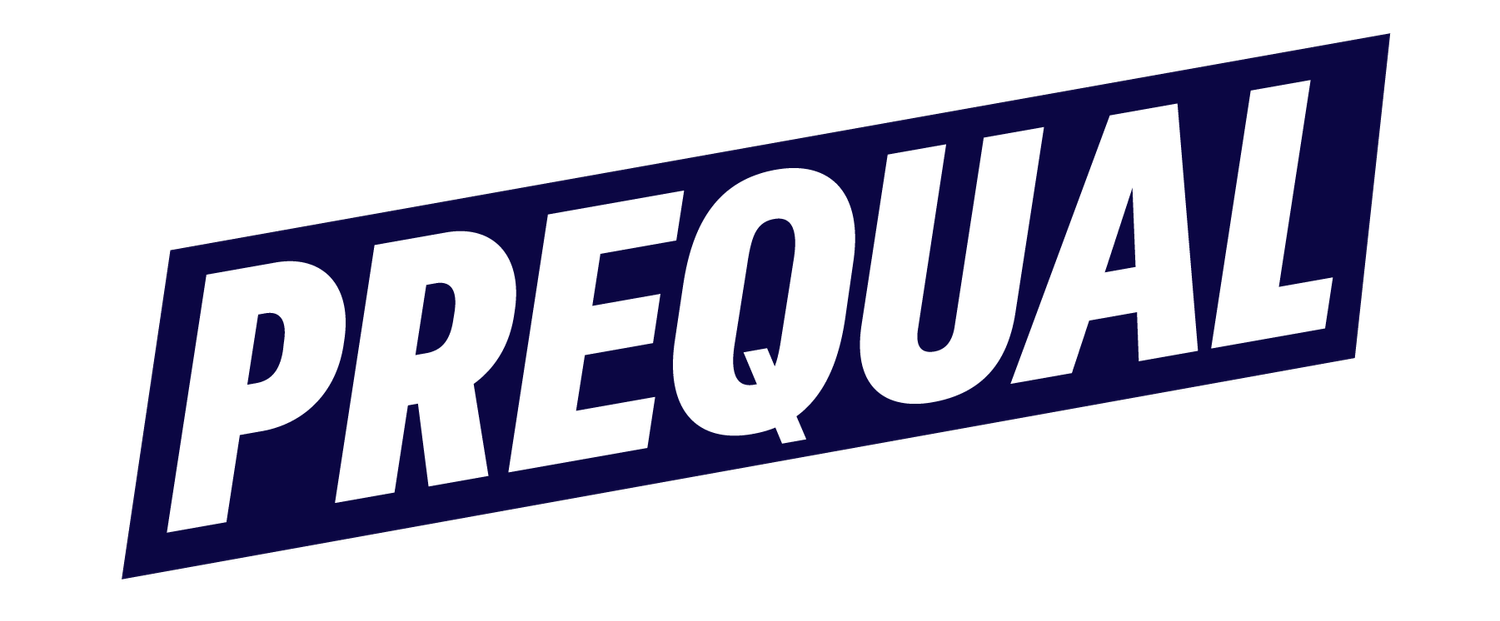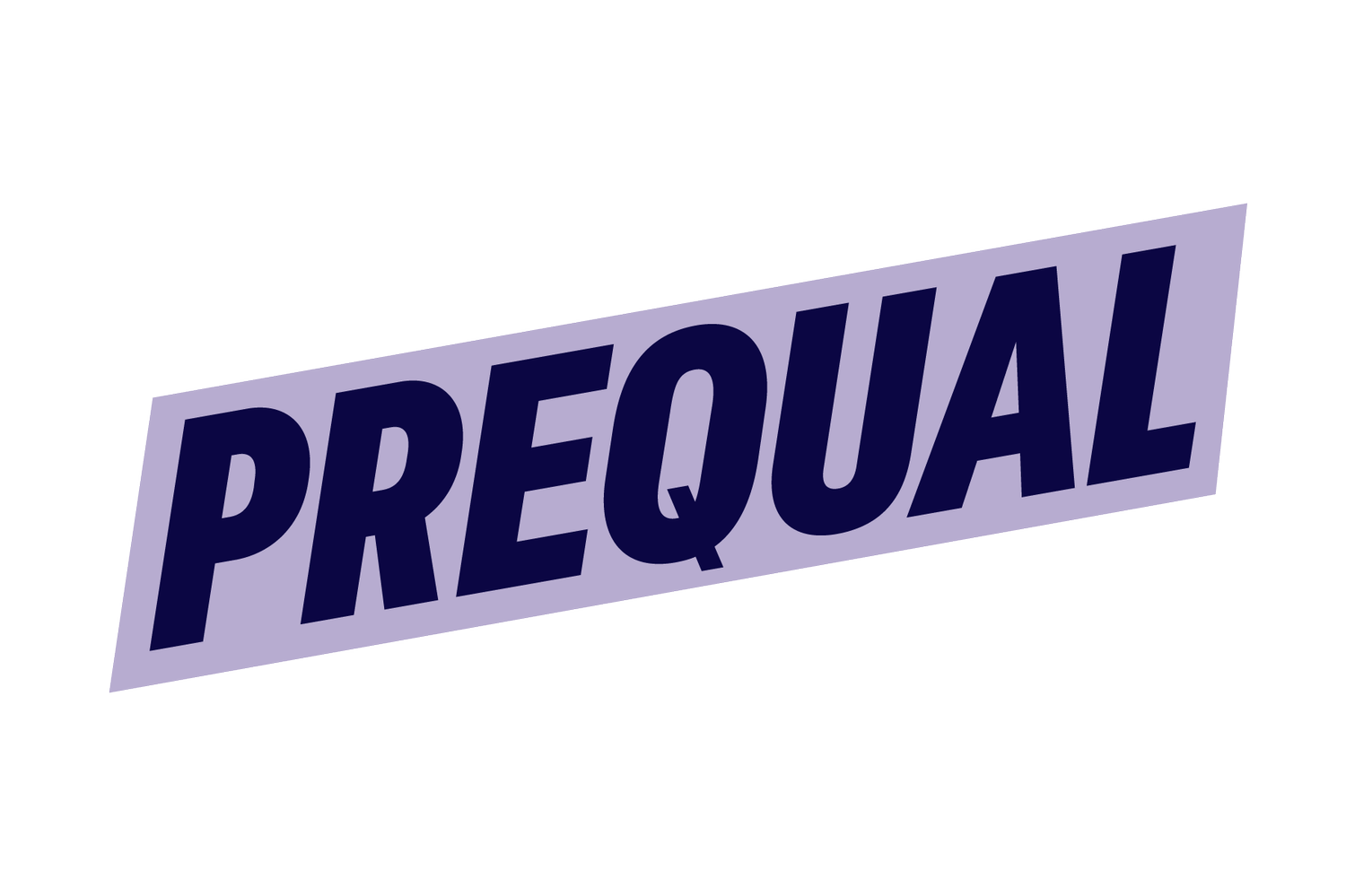Preparing for a Pitch Meeting
Congrats, you’ve scheduled a pitch meeting! This is when the prior work you’ve done fostering relationships, gathering information, and building connections come together. It is your opportunity to show the client or potential client why you are the best person to solve their problem. The pitch meeting is your chance to give the prospective client the confirmation they need to close the deal and make the sale.
Whether you’re meeting with an existing or a potential new client, messaging, and presentation are key. All too often, however, entrepreneurs and business leaders take an “ad-lib” approach to a sales pitch meeting. If you’ve done your homework, performed your network audit, prepared an actionable sales plan, and satisfied the 6-factor test, there is a tendency for people to think that they have done all the preparation needed. Or there can be an assumption that if there’s an existing relationship between the participants in the pitch meeting, a conversational approach is sufficient. This approach, however, can be a recipe for disappointment.
Lack of pitch preparation is one of the key reasons people cannot get the sale across the finish line. The good news is that there is a way to prevent surprises and potential disappointment: prepare, prepare, and prepare some more.
Rather than “winging it” in the meeting, preparing for the meeting will leave nothing to chance, so you are ready to seal the deal. The following steps can help ensure that your message is on point and that you and your team are prepared for the pitch meeting and any follow-up communications:
Confirm the prospect’s problem and your solution
Create message maps of key points, critical questions, and roles/responsibilities
Conduct practice meetings and simulations so that you are prepared for all possible scenarios
Utilize post-pitch communications to reinforce message and strategy
Confirming the prospect’s problem and your solution
Before the pitch meeting, you should clearly understand the context of the meeting. Many clients and prospect relationships go awry because of a misunderstanding of expectations. Before the meeting, you should clearly understand the context of the meeting and the client’s or prospect’s expectations. Are they expecting to discuss sales? Or do they think this is a social visit? Are they expecting to discuss a full range of services or one service in particular?
Confirm the context of the meeting in advance, so you have a strong understanding of the prospect’s problem and can clearly present your solution to this problem.
Creating your message map
Not only is it important for each person to know the message, but if multiple team members are at the pitch meeting, each team member should stay on message. This is where a message map comes in. The message map helps you refine and polish your key messages and creates messaging alignment within the sales team.
Conducting simulations of possible scenarios
Oftentimes, entrepreneurs and business leaders are so close to their product or service that they can lose objectivity. They may anticipate how pitch meetings will go without considering possible alternative outcomes or curveballs. By working with an advisor to role-play and practice a variety of pitch meeting scenarios, you will be better prepared to stay aligned with your message.
Utilizing post-pitch communications to reinforce your message
The pitch doesn’t end when you leave the room, nor should your preparation. Post-pitch communications are an important opportunity to reinforce your message, maintain an authentic relationship with the prospect, and assess whether the prospect is in the correct sales segment.
For more help with creating, presenting, and responding to your pitch, download Prequal’s free pitch resources.





